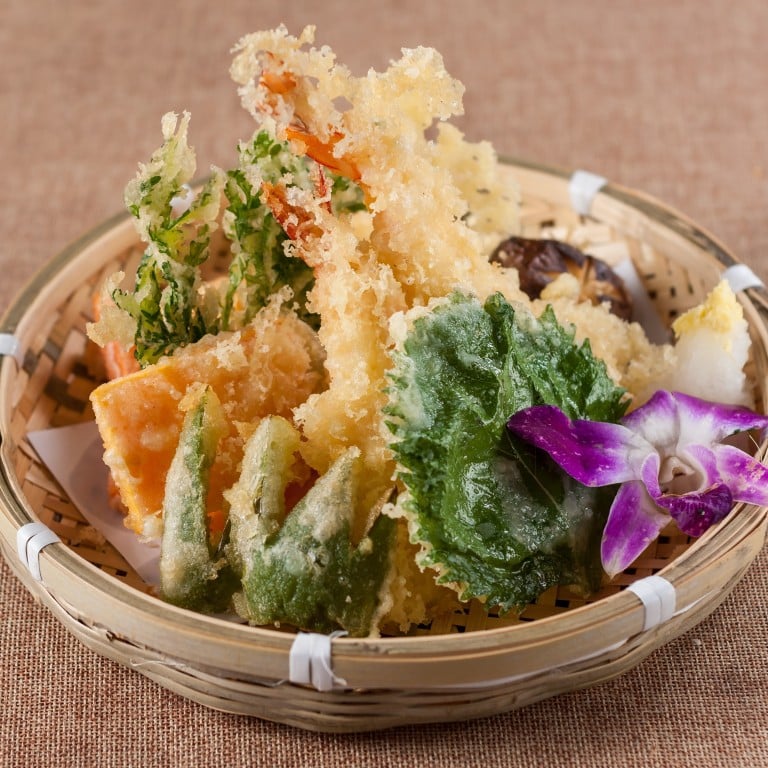
Tempura isn’t from Japan: how a fried Portuguese classic became a staple of Japanese cuisine
- Tempura – seafood or vegetables coated in batter and deep-fried – is as much a staple of Japanese cuisine as sushi, but its origins are thousands of miles away
- The Japanese adapted the original recipe by lightening the batter – giving it an airy, crunchy quality – and using it to coat different ingredients
With a flick of his wrist, tempura master Eisaku Hara lightly coats a large tiger prawn with batter and drops it into a sizzling cauldron of golden oil.
After years of training, Hara can simply listen to the sizzle of the hot oil and monitor the size of the bubbles to know exactly when this prawn tempura is perfectly cooked. After no more than 30 seconds he whisks out the prawn, allows any excess oil to drip off, and plates it for his watching diners.
“Tempura is the most difficult Japanese dish to get right, because it is so simple. That’s why I love making it,” says the head chef at Tempura Uchitsu in Hong Kong – the first branch outside Japan for the two-Michelin-star restaurant.
Tempura is a staple in Japanese cuisine, consisting of seafood or vegetables coated in batter and deep-fried. Unlike fried food in the West, however, tempura is known for its light batter, a coating that is airy, crunchy and, surprisingly, not very oily.
The delicacy of the dish is as much about using the best seasonal ingredients – Hara prides himself on only using the freshest – as it is about the batter, made from only eggs, water and flour that has been stored at very low temperatures.
“In Japan, there are two styles of tempura,” Hara, 46, says. “One is the fine-dining style, which we only eat on special occasions. The other is the sort that people eat every day, either for lunch or for dinner. That’s the fast-food style and it’s very popular.”
How sushi took over the world (and it’s not from Japan)
It’s believed that three Portuguese missionaries heading for the colonial enclave of Macau in 1543 were blown off course and found themselves in Japan. According to this widely accepted theory, Antonio da Mota, Francisco Zeimoto and Antonio Peixoto were the first Europeans to set foot on Japanese soil. They began trading guns, tobacco and flour with the Japanese and, more importantly, shared their recipe for a popular deep-fried green bean dish called peixinhos da horta.
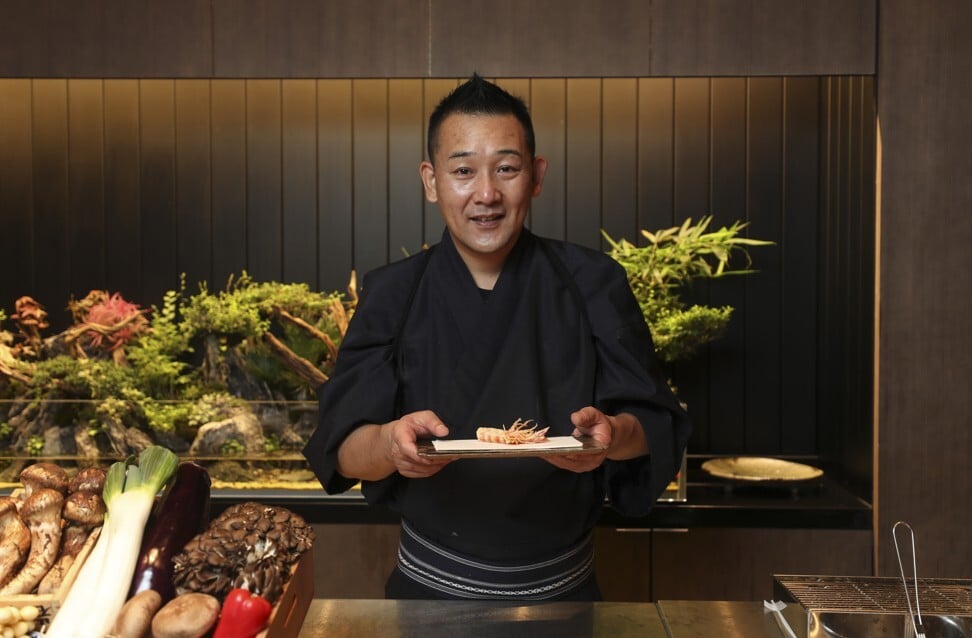
While tempura may have begun life as this fried bean dish, the exact origins of peixinhos da horta are unknown. Portuguese chef Rodolfo Vicente, 31, says that in 16th-century Portugal, it was a “food of the people” because of its three simple ingredients: flour, eggs and water. Five centuries later, this dish, which translates as “little fish from the garden”, is still eaten today.
“[The fried beans] have this name because they look similar to fried little fishes that are also put in a batter and fried,” explains Vicente, head chef at Casa Lisboa in Hong Kong. “It used to be eaten at Lent, for fasting from meat, and these vegetables were a good thing Catholics could have.”
Journey to the West: how tofu made its way to America
Portugal ruled the waves in the 1500s, its mariners and traders travelling the world and establishing trade routes across Asia. Vicente says frying the beans meant they would last longer, which was helpful for the sailors on their long voyages.
“Cook it in oil and they were able to preserve it for a few more days, and on the ship, when you never know what’s going to be the next stop, that might be a good feature,” he says.
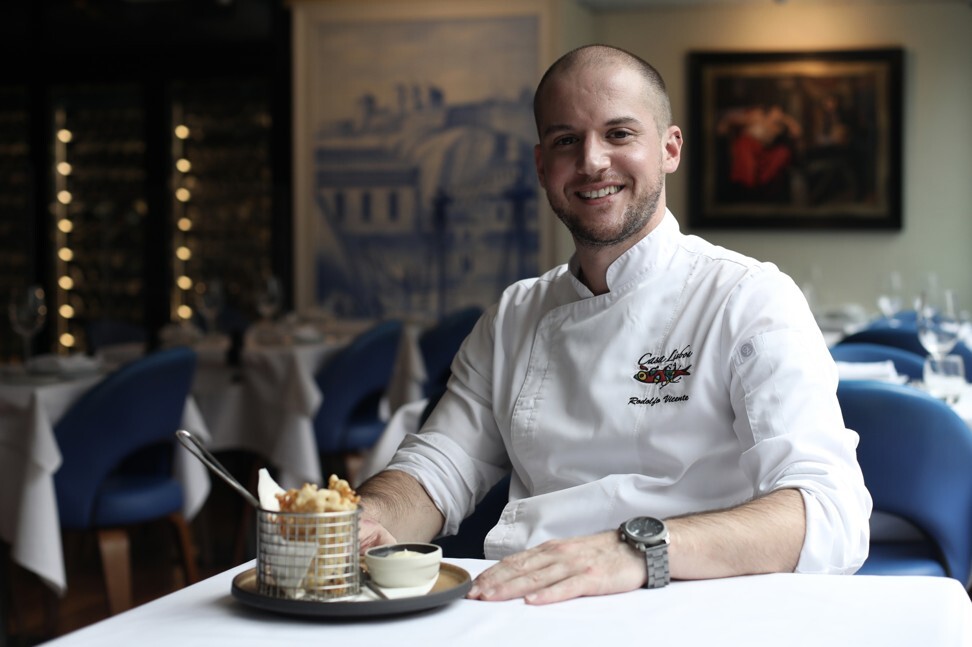
How this method of battering and deep-frying vegetables made its way over 11,000 nautical miles (20,400km) from Portugal to Japan is, however, disputed. For UK-based food anthropologist Annabel Jackson, the theory of the ship carrying the missionaries being blown off course does not make sense.
“I think it’s highly unlikely,” she says. “We know from history that the Portuguese were really expert seafarers. They had already come round South Africa, through the Indian islands, and arrived in Goa.”

“Clearly there was a lot of fascination with these foreign people, who were certainly white Portuguese, but also there would have been different Asian nationalities on the ships and probably African slaves as well,” she says.
Jackson thinks etymology provides confirmation of the dish’s origins, because the word “tempura” has three possible roots in the Portuguese language.

“If you look at the word ‘to cook’ in Portuguese, it’s ‘tempera’, and ‘cookery’ in Portuguese is ‘temporo’,” she explains. “And then we have a third word, ‘temporas’, which is very much associated with the ‘fish on Friday’ idea, or even a vegetarian concept. So this suggests to me very strongly that tempura is coming from these Portuguese terms.”
When the Portuguese missionaries arrived in Japan, they found a culture willing to embrace change and try something new, Hara says.
“The 1500s in Japan was a period of civil war [and unification],” he explains. “This was a time when people were open-minded towards new ideas. They wanted to learn more about the world, especially from visitors from the West.”
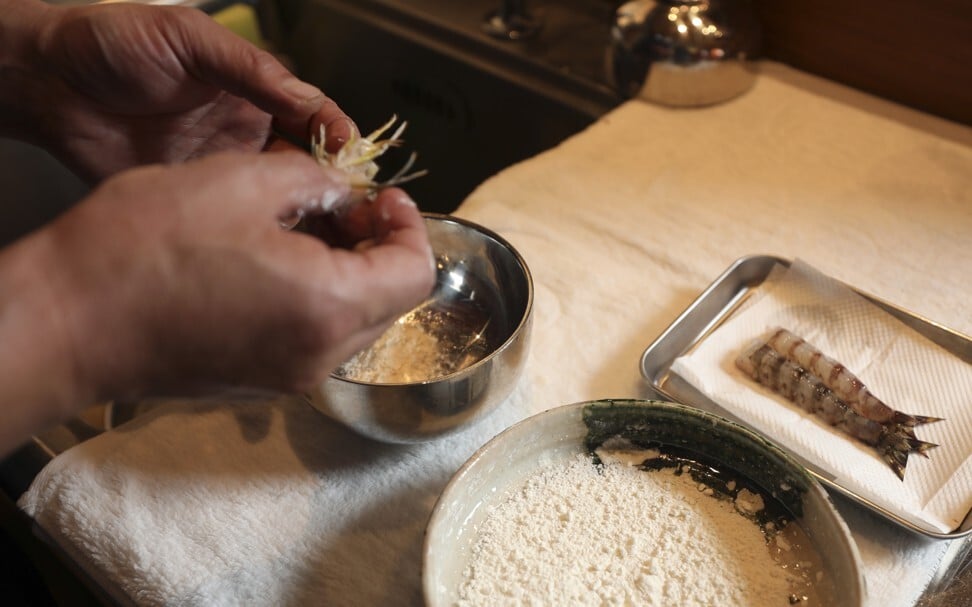
Hara says the Japanese took the peixinhos da horta recipe and altered it, lightening the batter and using different ingredients.
“The Portuguese brought guns and flour with them to trade,” he says. “The Japanese already knew how to use guns, but not flour. When they asked what to do with the flour, the Portuguese told them to just fry it with vegetables. They still weren’t sure how to make it, so the Portuguese taught them. That’s how tempura started in Japan.”
Chefs spill the tea on cooking for the super-rich and famous
The Portuguese eventually established a trading post in Japan and remained in the country for just under a century. During this time, the new “tempura” started to spread across the country, served at small, family-run roadside stalls called yatai.
Vicente says each Japanese village would have had its own yatai stalls. “They started to create their own recipe for tempura,” he says. “When the country began to be unified, they started to share all these recipes between themselves.”

While tempura began as a dish for the masses, it soon caught the attention of the nobility. Like the Portuguese, the Japanese learned that deep-frying could help preserve food for longer, Hara says.
“After they learned how to cook vegetables as tempura, the Japanese decided to try the same method with sea eel,” he adds. “Learning to preserve sea eel by frying it as tempura proved very useful, as it meant it would keep for a few days more on the long journey from Edo [Tokyo today] to Kyoto, where it could be served to the emperor.”
Vicente says the evolution of tempura shows the benefits of sharing. “Of course we like people to know that tempura starts with Portugal and that we gave Japan tempura, but we are completely satisfied they really did a nice job with it,” he says. “We don’t own it, so we share it, and after that they improve on it or use it in their own way, and it’s really good to see that things can evolve and have their own way in the world.”
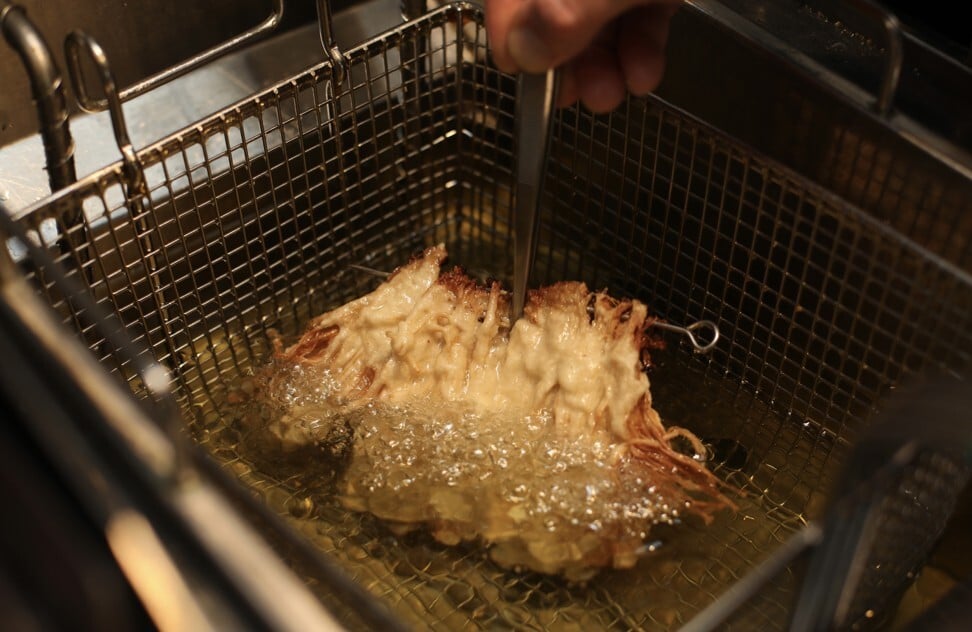
Jackson says there are many foods like tempura that originate in one place but over time become attached to another culture.
“I guess when a dish or a cuisine becomes so much part of the culture, you really could start to claim it as your own,” she says. “I’m not sure there’s such a thing as a pure cuisine.”
Additional reporting by Carolyn Wright












